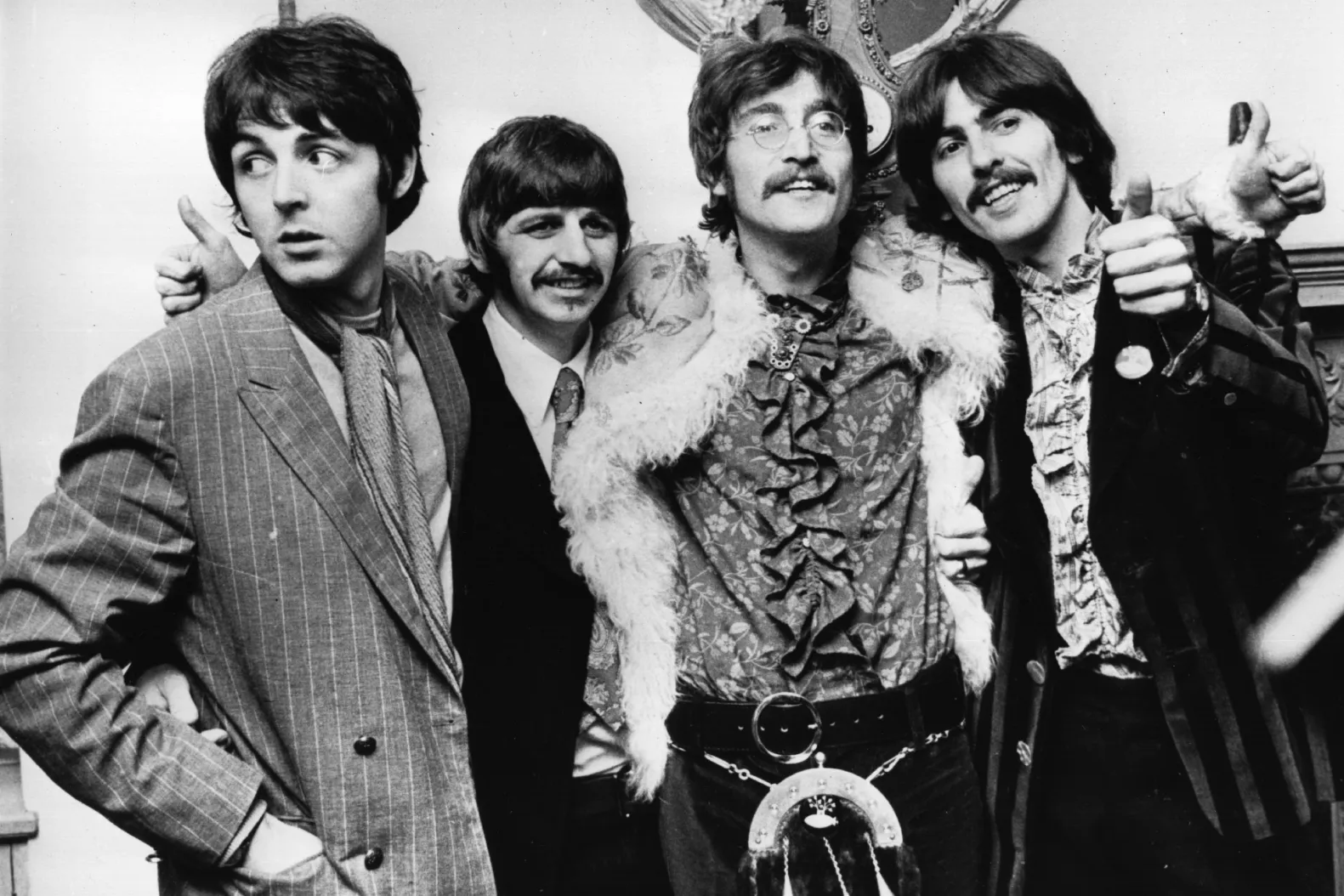In the early 1960s, The Beatles captivated hordes of fervent teenage fans with their rich array of romantic compositions. By 1964, the desire to hold John Lennon’s hand and please Paul McCartney had become a ubiquitous aspiration for nearly every British woman under 30. The band’s iconic appearance on the Ed Sullivan Show in February 1964 marked a turning point, propelling these young Liverpudlians to global stardom and reshaping the landscape of rock ‘n’ roll as it had been known since the 1950s.
Embracing influences such as Bob Dylan, Beat literature, cultural enlightenment, and mind-altering substances, The Beatles underwent a profound transformation in the mid-1960s. The Lennon-McCartney songbook expanded to encompass a kaleidoscope of eccentric themes, ranging from yellow submarines to a perforated city in Lancashire. While the group had matured from its roots in love songs, the advent of psychedelia brought forth marvelous absurdity, often courtesy of John Lennon.
The impact of LSD on songs like ‘Lucy in the Sky with Diamonds’ and ‘I Am the Walrus’ remains a subject of debate, but it’s universally acknowledged that Lennon possessed a knack for the enigmatic. Lines such as “A soap impression of his wife which he ate / And donated to the National Trust” may seem detached from reality, yet these abstract gems typically had a tangible origin. In the case of ‘Happiness is a Warm Gun’, for instance, Lennon drew inspiration from various newspaper stories using William S. Burroughs’ cut-up method.
Diving into the mysteries of ‘Strawberry Fields Forever,’ a Magical Mystery Tour classic, we find Lennon’s specific inspiration rooted in a place of his childhood. The accompanying music video, shot in Knole Park, Kent, features the Fab Four in a lush pasture surrounding an ancient tree. Despite the apparent connection between the lyrics and this scene, Lennon’s Strawberry Fields were located several hundred miles to the north.
Despite the deceptive nature of the psychedelic music video, ‘Strawberry Fields Forever’ delves into Lennon’s childhood, much like McCartney’s A-side companion ‘Penny Lane’. In a 1980 interview with Playboy, Lennon revealed that the real Strawberry Fields held a special place in his heart, representing a retreat from his tumultuous youth. The name was borrowed from a house near a boys’ reformatory where Lennon spent time with friends, engaging in innocent activities like selling lemonade.
In a 1970 interview, Lennon described ‘Strawberry Fields Forever’ as one of his most honest songs, a psychoanalytic exploration set to music. He rejected conventional therapy, expressing disdain for those who bottled up emotions, advocating instead for experiencing and expressing pain. The line, “No one I think is in my tree,” reflected Lennon’s sense of isolation among childhood peers, conveying his feelings of being different and potentially either crazy or a genius.
Listen to the enchanting 1967 single ‘Strawberry Fields Forever’ by The Beatles for a mesmerizing journey through Lennon’s introspective and evocative musical landscape.
